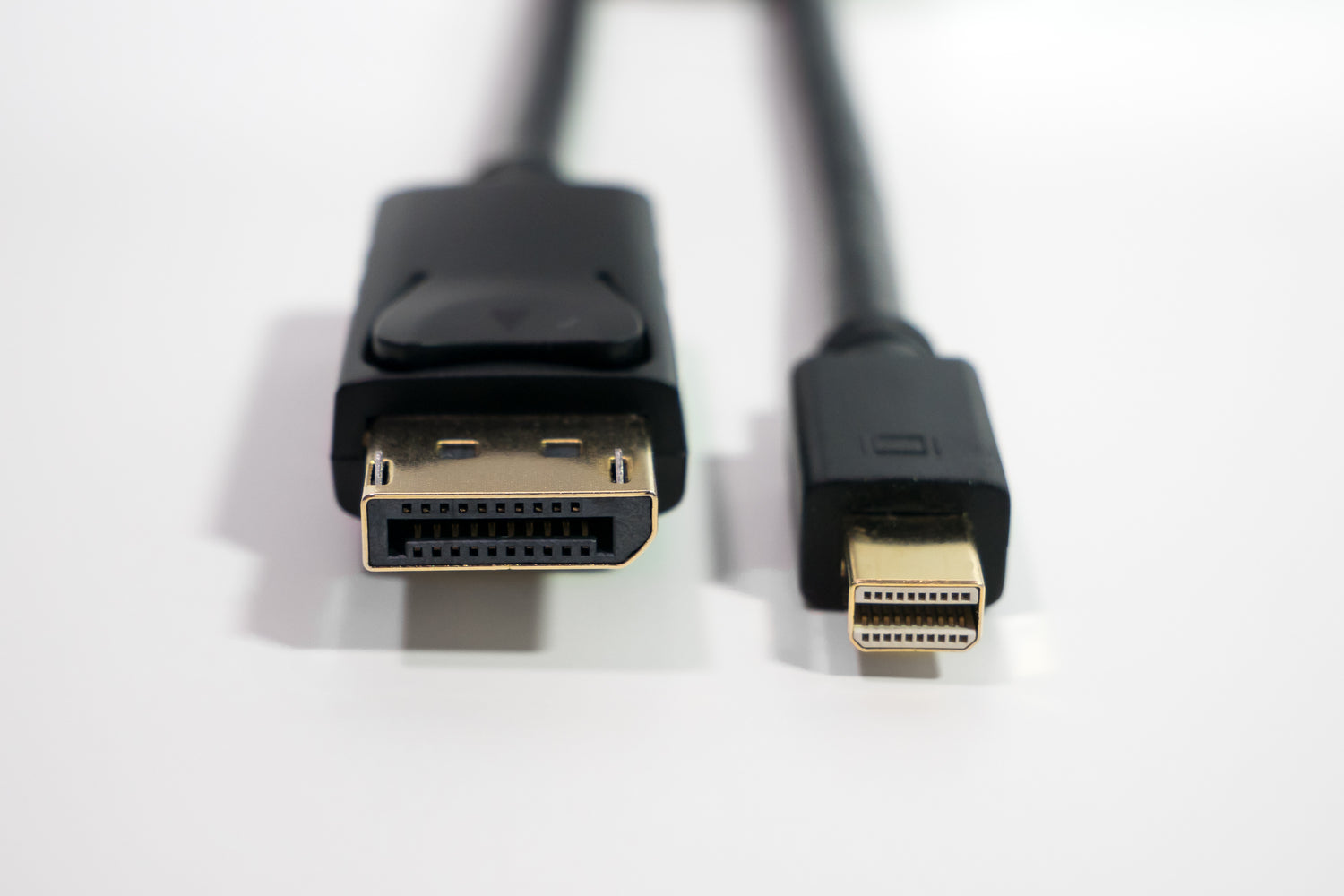
Is Mini DisplayPort the same as DisplayPort?
The DisplayPort and Mini DisplayPort standards have been developed to meet this need, offering fast, high-quality digital video transmission and a range of other advanced features. In this article, we'll take a closer look at these two standards and what they have to offer.
What is DisplayPort

DisplayPort is a digital video interface standard that was first introduced in 2006. It was developed by the Video Electronics Standards Association (VESA) and is designed to provide a single connection for both video and audio data, as well as a range of other data types. DisplayPort is widely used in computers, monitors, televisions, and other devices, and is supported by most major manufacturers.
DisplayPort uses a packet-based transmission method that allows for a wide range of data types to be transmitted over the same cable. It supports a range of video resolutions, including 4K, 5K, and 8K, as well as high refresh rates of up to 240Hz. It also supports high dynamic range (HDR) color, which allows for more accurate and vibrant color reproduction.
DisplayPort Advantages
One of the key advantages of DisplayPort is its high bandwidth capacity. The latest version of DisplayPort, version 1.4, supports a bandwidth of 32.4 Gbps, which is more than enough to support 8K video at 60Hz. It also supports Display Stream Compression (DSC), which allows for even higher resolutions and refresh rates to be transmitted over a single cable.
Another advantage of DisplayPort is its flexibility. It supports a range of connector types, including full-size DisplayPort, Mini DisplayPort, and USB Type-C with DisplayPort Alt Mode. It's also compatible with a wide range of adapters, allowing it to be connected to older devices with VGA, DVI, and HDMI connections.
What is Mini DisplayPort

Mini DisplayPort is a smaller version of DisplayPort that was first introduced in 2008. It was developed by Apple and was initially used in the company's MacBook line of laptops. Mini DisplayPort has since been adopted by a range of other manufacturers and is widely used in smaller devices such as ultrabooks, tablets, and some smartphones.
Mini DisplayPort Advantages
Mini DisplayPort is essentially a scaled-down version of DisplayPort, with a smaller connector that's more suitable for smaller devices. It supports the same range of resolutions and features as DisplayPort, including 4K, 5K, and 8K video, high refresh rates, and HDR color.
Despite its smaller size, Mini DisplayPort still provides a high bandwidth capacity, with the latest version supporting up to 25.92 Gbps. This is more than enough to support 4K video at 60Hz, which is the most common resolution for Mini DisplayPort devices.
One of the key advantages of Mini DisplayPort is its compatibility with Thunderbolt, which is a faster data transfer standard that's used in many Apple devices. Thunderbolt 2 and Thunderbolt 3 ports are compatible with Mini DisplayPort, which means that Mini DisplayPort devices can be connected to these ports without the need for an adapter.
DisplayPort and Mini DisplayPort are two powerful and versatile digital video standards that offer a wide range of features and capabilities. They provide fast, high-quality digital video transmission, support a range of resolutions and refresh rates, and are highly flexible and adaptable. Whether you're looking to connect a large desktop computer to a high-resolution monitor, or a small ultrabook to a portable display, DisplayPort and Mini DisplayPort have got you covered.
